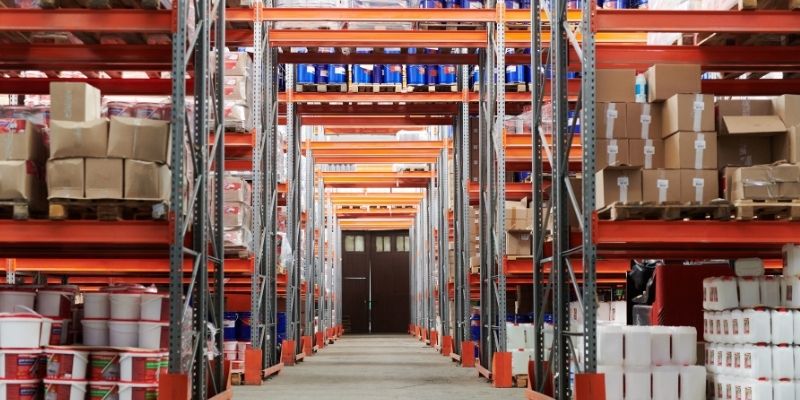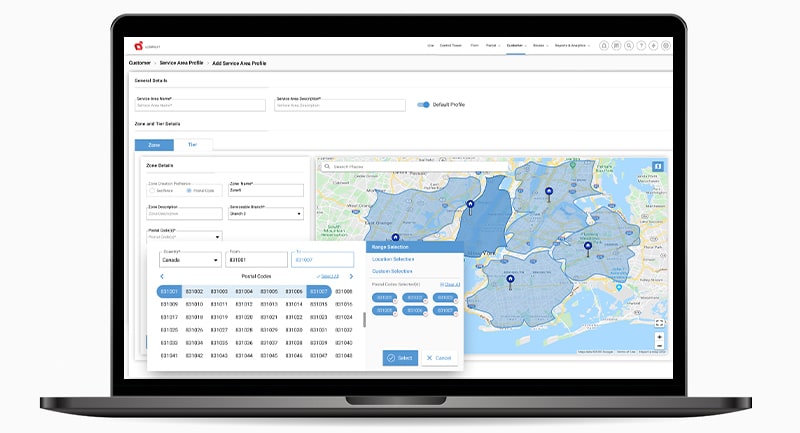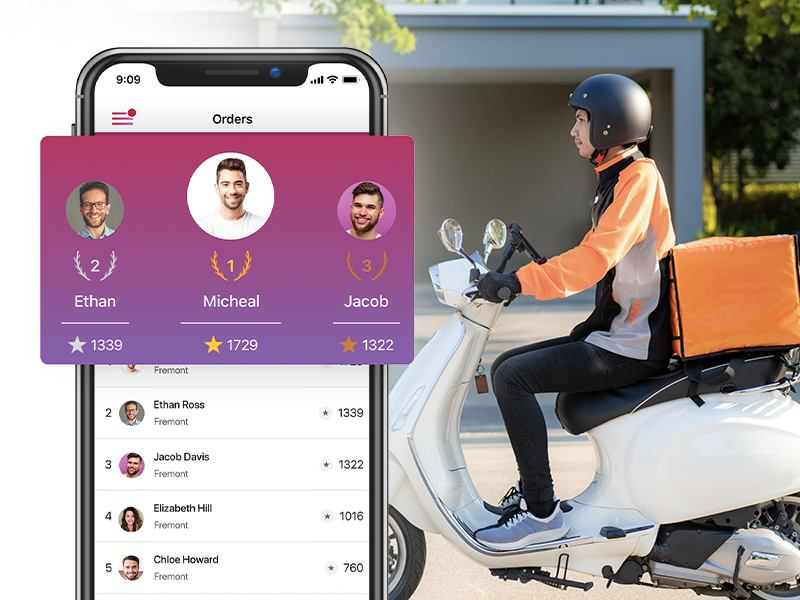What is a Dark Store? And the Future of Retail
Retail has undergone a massive change, especially in the last two years where online shopping and the entire ondemand trend has skyrocketed. In this world of online shopping, video commerce and the likes, last-mile deliveries have skyrocketed. The last mile delivery market is set to grow by USD 146.96 billion from 2021 to 2025, progressing at a CAGR of 15.06%. Concepts like dark stores, dark kitchens, D2C brands run on a similar track where logistics automation plays an important role.
What is a dark store? How does it function
A dark store is a retail distribution outlet catering exclusively to online shopping. Think of it as fulfilment centres (micro or mega) around the city which don’t have a store front but are used as warehouses to deliver from. Orders are typically placed by users on the company’s website or app or third party aggregators.

The first-ever dark store was established in the UK, followed by France and Germany. Due to low cost and maximum customer base, the idea of dark stores spread like fire in countries like the US, Singapore, and China. Depending on the nature of the products being stocked, one could need a cold storage warehouse or a regular warehouse. A typical dark store will have shelves and pallets to store the goods in the warehouse/fulfilment centre and, probably the most important in the modern scenario, a robust logistics platform to deliver the online ordered goods on time at the right place to the right person.
A dark store could operate in 2 ways-
-
- Primarily, a customer places an order online, makes the payment, and the goods will be delivered directly to the given address with alerts and notifications.
- Alternatively, a customer visits the site and is advised with the product assistant’s help, and the order is placed. That will later be delivered by an in-house delivery agent or 3rd party aggregators at your provided address.
Dark Stores need robust mid-mile and last-mile delivery channels with no room for errors. For dark stores, last-mile delivery is only a physical link of connection with the end customer before which all touch points are online. A retailer operating via dark stores or the traditional route uses a delivery management system like LogiNext which has the following features:
Automatic order allocation
There are orders coming in via several channels like the mobile app, website, telephone, third party aggregators and such. In a situation where thousands of orders are to be delivered with a limited number of delivery riders, manual assignment just isn’t practical. LogiNext’s Auto Order Allocation with multiple profiling capabilities lets a brand allocate orders in the most efficient manner.
Route planning and Route Optimization
Now, how does the LogiNext platform auto allocate orders in an efficient manner? There are billions of location data points being tracked which builds a strong When a customer places an order, it should immediately be filled in the cart and ready for dispatch. Meanwhile, the system must appoint the nearest valet and provide the delivery associate with a proper route avoiding all contingencies. If there are multiple orders, route optimization methods shall be used to deliver products.
Geofencing and Service Area Profiles

Each region in a city will behave differently according to the population density, socio-economic conditions and such. These variables are needed to be bourne in mind while designing the delivery strategy and for predicting orders. With features like geofencing, different rules can be set for different regions through LogiNext’s Service Area Profiling and the desired output can be achieved.
Delivery Driver Management
Delivery Driver Management is crucial to the performance of a delivery business. Delivery associate management gives a gamified DA experience where the brand can have a detailed summary of how delivery associates perform daily, weekly or monthly. Through this module on the LogiNext platform, brands can the most optimum with the available resources.

Future of Retail
The retail industry is worth billions of dollars, serving every person one way or the other. Due to technology, there is a significant change in consumer behavior and consumption patterns. The future of the retail industry will be technology-centric, and many of its operations will be online, from online sourcing, logistics automation, online warehouse management, mid and last-mile delivery to online customer feedback.
Dark stores could be the next big thing in the retail sector. For dark stores to operate efficiently, automation implementation in the store and outside the store is necessary. Ironically, dark stores have a bright future in the retail industry if optimized with utmost planning for companies who want to become a digital native brand.
188






@LogiNext